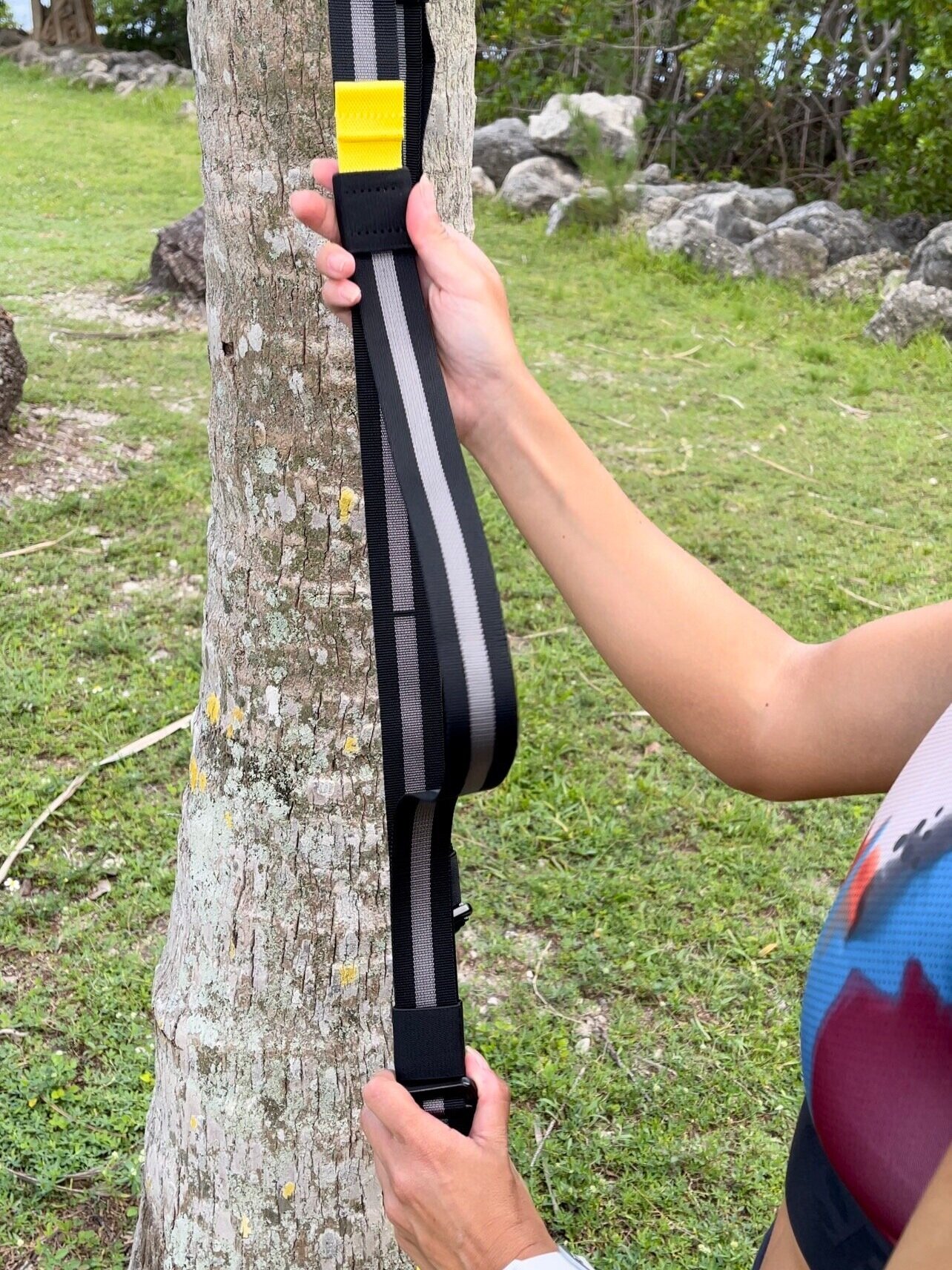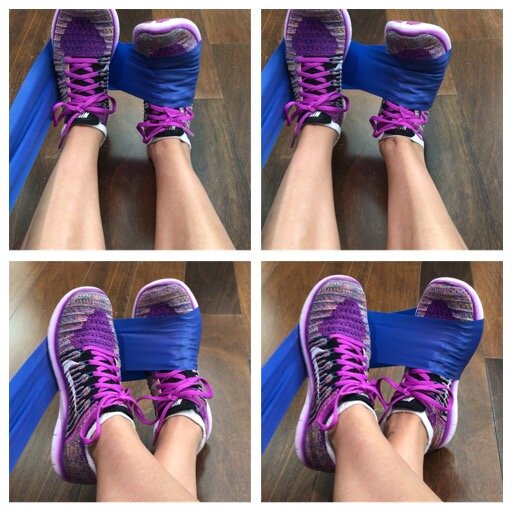Training for a marathon requires more time and effort than most think. It is not all about just running. Getting your body to be able to reach 26.2 miles safely and injury-free requires several other components. The priority should be to make sure we can get to that 26.2-mile mark without getting injured, burnt out, or being zombie-like throughout the entire process. Besides running several days per week, training will require extra time for strengthening sessions, stretching and more sleep. Because of this, there are a variety of different training plans you may find that are a “minimalist” approach, which include the least amount of mileage per week that will get you ready for race day.
On the opposite spectrum, there are those hard-core marathoners who have been training for years and attempt those very high mileage weeks without a problem. The most difficult part of this type of high volume training is the amount of time it requires. If you have a regular work schedule and a family to tend to, the hours remaining in your day will just be for training and sleeping. Evidently, you must be okay with the sacrifice. For the regular person, a normal training plan will usually consist of 50 to 60 miles per week at the most, whereas high mileage would be considered 75+ miles. Scattered throughout the week with some days including a morning and evening run, it can definitely be doable.
What about the elite runners out there hitting 130 miles per week? It sounds crazy but there is a science behind this extraordinary mileage. The classic 100-mile week is something even the everyday hard-core marathoners try to achieve. Some may say it is completely unnecessary, and that may be so, but if research shows a benefit to getting you to that next level, it may be worth a try. Fifty miles per week probably feels hard enough when first starting out, so considering doubling up your training will most definitely seem impossible. The key to getting to this point is to gradually and safely increase the workload. And no, this training approach isn’t for everyone OR the only way to progress in distance running.
Why 100?
Running Economy
Well, training to hit a weekly mileage of specifically “100” miles is merely just to get to the triple digits, because in essence 95 miles will provide the same benefit. Several studies have been done on high volume training and have concluded that there are many benefits linked to improving running economy. Basically, this means the more miles you run the less your body will have to work during the race, allowing you put that extra energy into faster paces. This is due to muscle and tendons training to adapt to prolonged running. These adaptations lead to increased elasticity of joints including the ankle, which in turn leads to a more forceful and less vertical push-off from the ground with each step. This will save a good amount of energy over time.
Aerobic Endurance
The goal of marathon training is to get our bodies to be able to run far, and if possible, fast.. The higher mileage programs essentially increase the amount of mitochondria and capillary density in the body, as well as hemoglobin and red blood cells. The growth of these factors leads to more and better oxygen transport through the blood cells to the muscles. This is why marathoners are eventually able to run farther and faster over time. Once you train to run more miles your body will learn to use fat as fuel and store more glycogen, which means more energy will be readily available for when you really need it, like at the end of a race.
Resistance to Fatigue
When you go from running 50 or 60 miles per week to 100 miles per week, the majority of those extra miles should all be performed at a slow, easy pace. The lower intensity, high mileage prepares not only our bodies for long races but also our minds. When you ask someone who is not a runner how they feel about running 26.2 miles, they will most likely think it’s a crazy idea. That’s because our minds become just as fatigued at the thought of running for so long as our bodies do. Many of the training runs in a 100-mile program will be 10-15 mile easy runs, where your body will undergo uncomfortable fatigue and soreness at times. It is during these long, slow runs that we get our mind accustomed to this sensation so that come race day, we can push through it.
Should I Try It?
Training to reach a weekly target of 100 miles is definitely not easy, but it is doable. The difficult part besides the extra time and sacrifice it will require is the high risk of injury it brings. More time on your feet means more chances of both accidental injuries as well as overuse-type injuries. It is important to gradually increase mileage every week. This means setting enough weeks in your training cycle to build up to 100 miles with no more than 5-10% increases per week and low mileage weeks built in every few weeks. The most important rule is to listen to your body not only for signs of pain but also for symptoms of overtraining and fatigue as well. Along with the 100 miles should also be at least 7 to 9 hours of sleep each night and 2 to 3 days of strengthening exercises. If these components are possible with your schedule then incorporating this extraordinary mileage program can be attainable.















